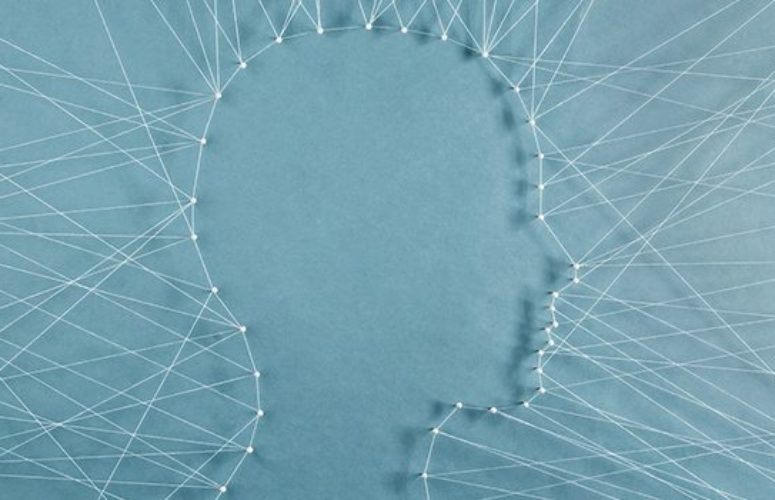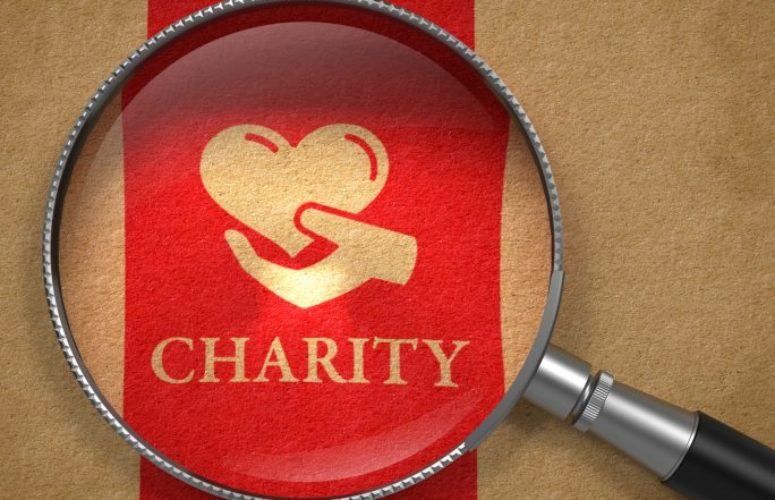
Survey & Hospital Claims Data Show the Mental Health Toll of COVID in NJ
On Apr 30, 2021The prevalence of anxiety, depression and drug and substance abuse have all increased among New Jersey residents amid the pandemic, survey responses and hospital claims data confirm. A new analysis from the New Jersey Hospital Association, The Other Epidemic: The Mental Health Toll of COVID-19, shows that the mental health challenges have been particularly pronounced in young people.
“The burden of COVID-19 in New Jersey cannot be measured solely by confirmed cases and lives lost. It’s important that we also understand the invisible toll of COVID – the mental health impacts brought on by fear, loss, isolation and, for many families and frontliners, the emotional trauma of this pandemic year,” said NJHA President and CEO Cathy Bennett. “We are only beginning to see the impact on the second victims of COVID-19, and New Jersey must be prepared to address these very real health needs evident across generations.”
NJHA’s Center for Health Analytics, Research and Transformation (CHART) analyzed claims data from New Jersey hospital emergency departments along with survey responses from New Jersey residents who participated in the U.S. Census Bureau’s Household Pulse Survey. The two sources help quantify the impact of the mental strain of COVID-19 on the state’s residents. Key findings show:
- 42% of N.J. adults who responded to the Census Bureau’s Household Pulse Survey between Jan. 20 and Feb. 1, 2021, reported having anxiety or depression symptoms, compared with 40% nationally.
- Among New Jersey residents taking the survey, the prevalence of an anxiety or depressive disorder was highest among young adults ages 18 to 29 years, with 58.6 reporting that they have experienced such symptoms during the pandemic.
- The survey data also shows the impact of job loss on mental health. Half of N.J. residents who reported losing their job in the pandemic said they experienced anxiety or depression symptoms, compared with 34.2% who did not experience job loss.
- J. hospital data, gathered through emergency department claims, shows similar impacts – again, with children and young people experiencing some of the greatest impact. From April through December 2020, the proportion of those under 18 years presenting with a primary or secondary diagnosis for depressive disorders increased by approximately 84% compared to the same period in 2019 (1.37% to 2.53%), while anxiety among this age group increased more than 74% (1.22% to 2.12%). In addition, anxiety diagnoses increased by roughly 15% among 18- to 29-year-olds (5.3% to 6.1%), and “other” mental and behavioral health diagnoses jumped by 23% in this age group. (4.3% to 5.3%)
- The ED claims data also shows a pronounced increase in drug and substance abuse diagnoses. For all age groups combined, the proportion of drug/substance use diagnoses increased approximately 29% from 2019 to 2020, from 5.2% to 6.8% .
- While the overall percentage is small, the proportion of drug/substance abuse diagnoses for children and adolescents, ages 17 years and under, jumped from 0.56% in 2019 to 1.07% in 2020 – a 91% increase.
The full report, with additional data and charts, is available at www.njha.com/CHART.
To access more business news, visit NJB News Now.
Related Articles:





